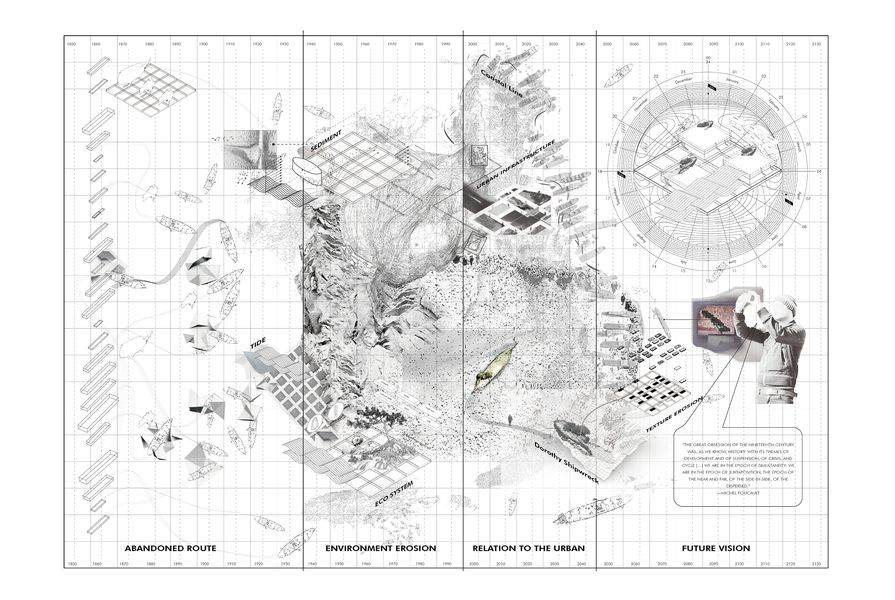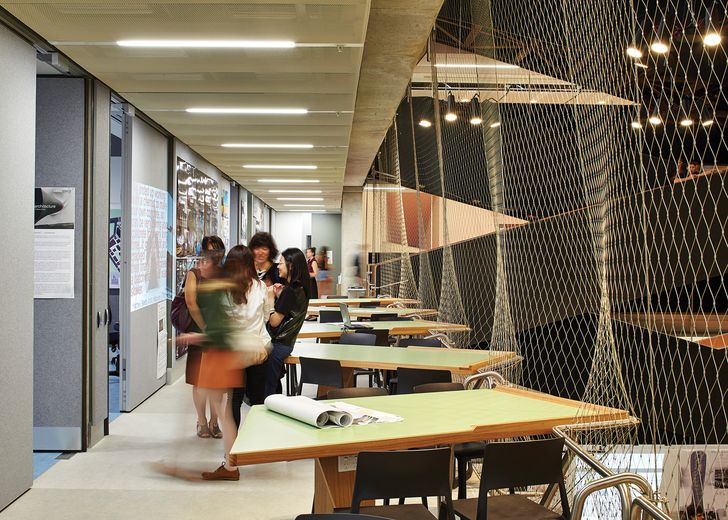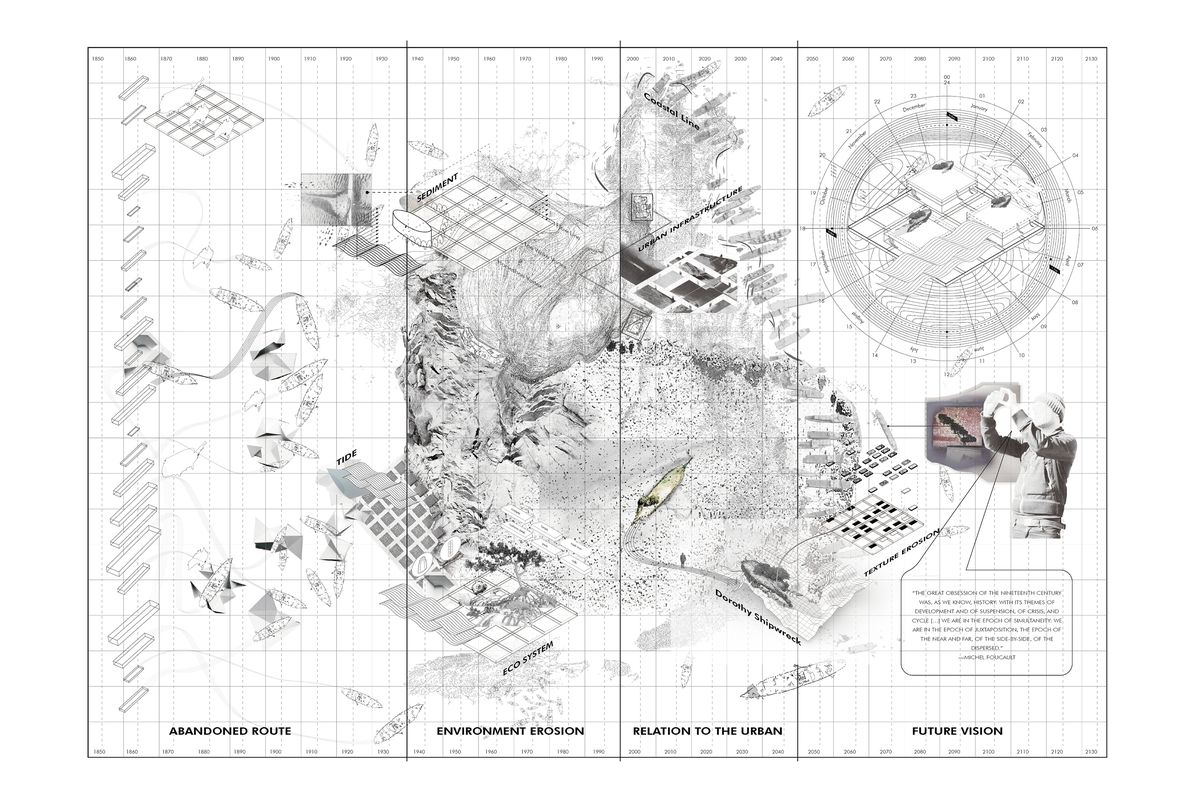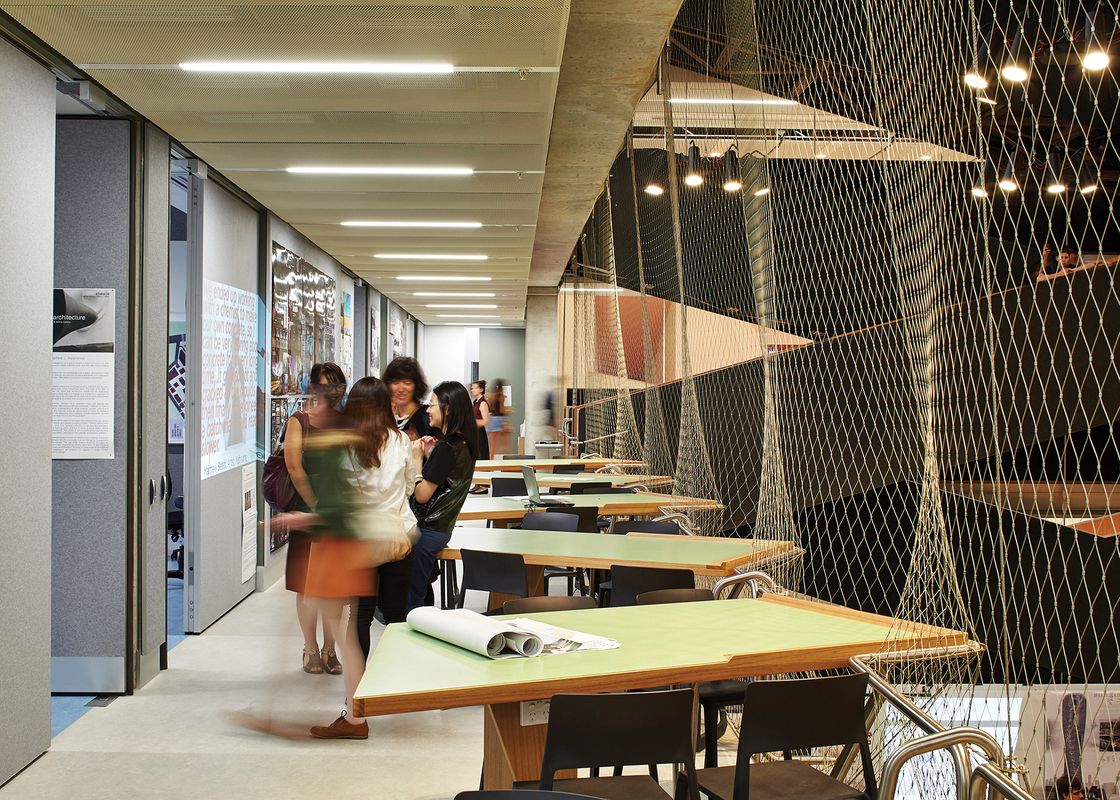In April of 2021, and prompted by accelerating and converging global environmental challenges, seven landscape architectural educators from around Australia engaged in an online round-table discussion on pedagogies for future practice. The conversation was convened by RMIT University landscape architecture academics and co-chairs of the AILA Victoria Education Committee Alice Lewis and Kyle Bush, with the aim of exploring not only what landscape architectural education is doing to prepare practitioners of the future, but what more it could do.
Focusing specifically on landscape architecture education in the Australian context, the discussion was framed through two segments. “Framing the Future” explored the broad challenges facing the Earth, as well as how the profession of landscape architecture is trying to reconcile colonial modes of practice with the drive to progress Reconciliation.“Pedagogies for Future Practice” focused on ways for progressing future practice through teaching and learning. At a time of restricted mobility and during a moment of global introspection, the discussion explored the generative relationship between the academy and practice in Australia.
The points presented in this review are framed through a theme that arose during the discussion: that rather than simply providing workers for the profession, universities have a responsibility to critique, challenge and grow the profession. Foregrounding criticality reinforces universities as experimental spaces, with an obligation to challenge the status quo of society and practice. Advanced capitalism is now enmeshed with challenges that are well-established in principle, yet greatly accelerating in scope and urgency – and a deep criticality is essential as we respond to this context as a profession and ecosystem.
The following is an edited summary of the discussion. The ideas presented are those of the panellists, not the authors:
Focusing on the Local
As landscape architects we aim and often claim to address broad, coalescing environmental challenges, framing our work in a globalized context. However, at the global scale our relations tend to remain ethical sentiments – proving difficult to ground at smaller scales. We must remember landscape architecture is a localized practice and that preoccupations with the global can reduce the potential impact of landscape action. Furthermore, it is only when sensitively integrated with the local context that the global idea of what landscape is and can do becomes valuable. Against the generic backdrop of the global, we must be careful to foreground the unique specificity of the local, keeping it as our primary focus.
As individuals – practitioners, audiences, advocates and thinkers – we must also find ways to take action at the local level. The future depends not only on the global collective but on the local individual, and the fundamental tools of landscape architecture equip us to operate locally in globally meaningful ways. As we consider the relationship of landscape architecture to other disciplines, we need to be strategic and critical about how we frame what we do, and how we communicate the value of our specialized skill sets.
Being part of Reconciliation
Many become landscape architects with an ambition to “improve” the landscape, yet the land we work with rarely, if ever, belongs to us. Given the colonial foundations of Australia and the concept of “landscape” itself, being part of meaningful actions towards Reconciliation is paramount for non-Indigenous practitioners. Reconciliation is an ongoing process that will never be complete, and it invites us to shift our embedded conceptions of ownership and to understand landscape from the perspective of others. As complex as this challenge may be for the discipline, the process of designing landscapes enables us to listen, and can allow us to integrate cultural guidance and leadership in how we work.
Being part of the process of Reconciliation means integrating into practice diverse understandings of and relationships to place. Learning and using Indigenous names for places, things and processes could be a start. We can question how project outcomes are defined, how they are owned and by whom. Increased representation of Indigenous staff and students also enables an appropriate language for landscape architecture to be fostered from within institutions, by people whose culture it is. There is activity in this space, but Australian landscape architects must continue to move beyond simply dialogue to understand how social and cultural forces intersect with the physical spaces we produce in our projects and educational programs.
Melbourne School of Design by John Wardle Architects and NADAA (architects in association) with Oculus.
Image: Peter Bennetts
Ensuring equity of access
Access to education is a universal right, meaning identifying the barriers to education is a moral imperative for our discipline. The bourgeois lineage of landscape architectural practice is reflected by the limited, city-centric offerings of current Australian landscape architectural education. The abrupt shifts to online education at all levels (including the tertiary level) brought about by the pandemic, present a unique opportunity for more diverse communities of practice and learning to be established, which may in time alter our discipline and profession. These new online learning environments challenge long-standing conventions of site, design process and technique – and consequently what constitutes a landscape architectural outcome – in profound ways.
Such a radical shift in accessibility foreshadows a potential bifurcation of student cohorts and learning experiences: the universally accessible online experience and the boutique face-to-face experience for those who can afford to pay a premium. Should these conditions become a reality, we must ensure the substance of what we teach remains consistent and relevant. Educators could focus efforts on developing capabilities for engaging remotely with sites and communities – increasingly relevant skill sets for graduates. An active engagement with equity in our discipline can also be modelled by industry, through creative investment in projects beyond simply the profitable.
Challenging structures
Many students are drawn to landscape architecture because they want to “make a difference” and are keen to challenge the status quo through unconventional practices. By critically engaging with the university’s institutional structures at three scales (tertiary sector, academic program, design studio) we have the opportunity to cultivate alternative practice structures and strong criticality in our students. As “academic activism” the strategic reshaping of staff and student profiles, research and teaching partnerships, and pedagogical models and methods can contribute to structural transformations that will, in turn, resonate through our disciplinary culture.
Exchange between institutions and individuals stimulates healthy confrontation and rich learning opportunities, and online formats may enable more meaningful exchanges of disciplinary knowledge, experience and methods. Differentiation between programs through specialization is essential to creating the demand for such exchanges within Australia. Programs must welcome and value the diverse expertise and experience of incoming students through their structures and entry pathways, and new forms of practice-based research should underpin diversified relationships between universities and industry. Design studios can explore new forms of practice beyond conventional client-designer relationships, asking who else should be involved, what methods or processes are appropriate, and what kinds of sites enable action toward the social and ecological outcomes we need.
Conveners’ conclusion
The discussion made evident that despite our capacity to foresee many possibilities for addressing complexity over time, the curricula we develop in our programs are, nonetheless, perpetually anachronistic.Through the discussion we could imagine a future which demands robust cooperation between diverse specialist skill sets as we work to shape dispersed, unique sites. Inhabiting the global through the local will require political and ethical sensitivities and a capacity to adopt and develop appropriate ways of working. To meet this future, our learning environments must foster inquiry, experimentation and most importantly, a deep criticality. This prompts us to ask a further question: should our future pedagogical focus be on the production of certain things, or rather on a way of thinking and a language for engagement?Landscape architectural institutions around Australia are testing new ways forward and this reflective and projective discussion has exposed the university as a space for critique and experimentation. As such, it remains well placed to grapple with our accelerating and intensifying global challenges and demands the evolution of novel approaches. It is incumbent upon the academy, in concert with practice, to nurture these agendas as we challenge and cultivate a growing profession.
Pedagogies for Future Practice was held on 29 April 2021. The panellists were Julian Raxworthy (University of Canberra), Rhys Williams (University of Technology Sydney), Claudia Taborda (Queensland University of Technology), Gini Lee (The University of Adelaide, RMIT University, The University of Melbourne), Alex Felson (The University of Melbourne), Rosie Halsmith (The University of Western Australia) and Sueanne Ware (The University of Newcastle).














